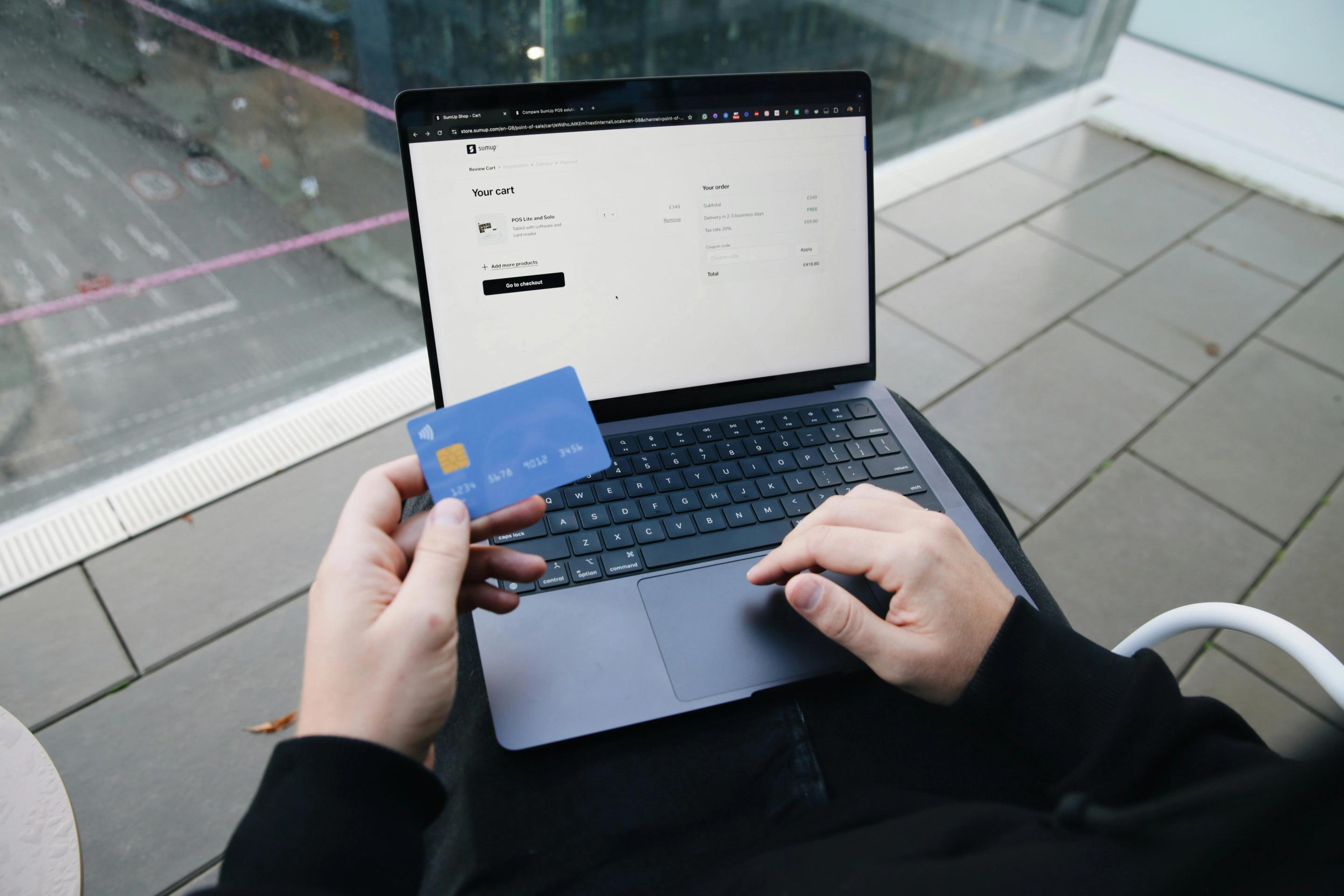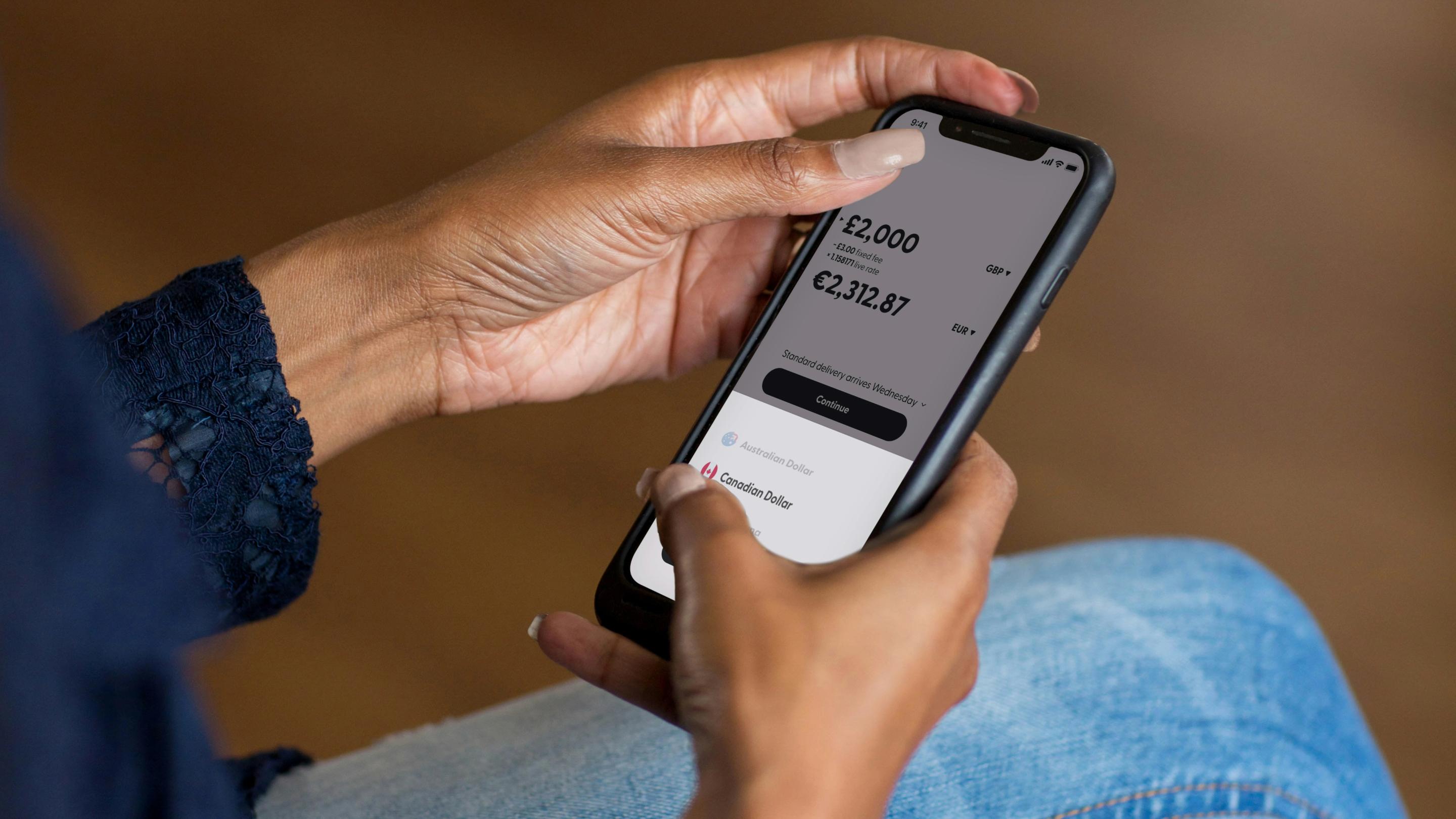How to Create a Digital Products to Boost Loyalty

Did you know that the majority of business leaders are investing in retaining existing customers, rather than acquiring new ones?
According to the 2024 Antavo Global Customer Loyalty Report, 67% of companies invest more in retention and loyalty, whereas only 31% spend their money on customer acquisition. In many cases, this investment is going towards developing the digital products that are essential to boosting loyalty in 2024, namely tools like websites and mobile apps.
In this article, we’ll look at how to create a digital product that’s functional, visually appealing, and provides value to your customers. Combining these factors into a single platform can be enormously helpful in building loyalty, especially during critical business periods like the run-up to peak shopping season. Read on for more.
Work With Experts
While having a well-made digital product is desirable, you may be concerned that you don’t have the internal expertise to produce a truly impactful website or mobile app. In these instances, it’s a good idea to outsource the task to developers with experience.
There are a huge number of web developers and app development agencies out there, so make sure you choose the right team for you. A good place to start is to think about the scale of your product: if you’re looking for something that’s usable on a wide range of devices, hybrid app developers will allow you to create a multiplatform digital product.
Ensure The Product Offers Value
Finding the kind of value your customers appreciate and integrating it into your app or website is one of our foremost pieces of advice on how to create a digital product. Any digital product you offer needs to provide some kind of value to your customers, or else it won’t see much use — and, therefore, won’t be particularly effective at boosting loyalty.
The value your digital product offers could refer to a variety of benefits: common examples include discount codes, promotional offers, or even early access to new products. Depending on your industry, you might find a points-based system (where customers accumulate points when they spend) to be a worthwhile addition. Supermarkets and retail businesses frequently use points-based systems in their loyalty programmes and brand apps.
When considering how to implement the value you offer, you might initially consider traditional methods like physical loyalty cards. However, it’s important to note that digital loyalty programmes appeal much more to younger generations, which helps you boost loyalty among multiple demographics.
Track Customer Behaviour
Tracking customer behaviour allows you to see buying patterns among your customers, which (when combined with customer segmentation) allows you to observe the difference between loyal customers and one-time visitors to your business. Through careful analysis of customer behaviour, you may even be able to identify the key touchpoints most likely to generate loyalty among customers.
Tracking customer behaviour means looking at factors such as the products they buy, which web pages they spend the most time on, and how often they visit your website. If the digital product you’re building is a website, you may consider surveying customers directly, as this will affect how you design the site.
Tracking customer behaviour even after the development of your digital product is crucial as it helps you adjust that product to increase its effectiveness. This is particularly important during peak seasons to help you maximise your return on investment.
Identify Key Loyalty Metrics
Measuring customer loyalty is extremely important, as it allows you to see what’s helping your brand and what's not. So, while looking into how to create a digital product, you should also try to identify some key metrics that will help you measure the product's success after it launches.
If you’re building a brand app — for example, one that can act as a platform for your loyalty programme — you’ll want to track downloads, active users, and sign-ups. For websites, you’ll need to offer some way of creating an account on the site in order to truly track loyalty metrics. While stats like pageviews and unique visitors help measure success, having customer accounts helps you identify which customers are returning to your business, and why.
Pull Focus to Your Brand
Building brand loyalty means emphasising the presence of your brand. As such, make sure your brand colours, logos and style are front and centre in any digital products you build.
However, take care not to overdo it — your app could end up appearing garish and busy if it’s plastered with distracting colours and logos. On the other hand, without any identifying design aspects, your app could appear generic and fail to cultivate awareness and loyalty among users. Finding the right balance is essential.
Ensuring that your branding doesn’t harm the navigability of your app or website is particularly important. If you have a large, complicated logo or use bright colours in your designs, make sure these don’t distract from the location of important functional icons like menus and contact buttons.
Create Impactful Digital Products with Future Platforms
While we’ve provided a range of useful advice on how to create a digital product above, it can still be an intimidatingly complicated project to embark on. If you’re looking to engage with your audience, build brand loyalty, and boost revenue with impactful digital products, get in touch with Future Platforms.
We are website and app development experts with a history of successful partnerships, and experience in both breaking new ground for our clients and improving their existing digital assets. For more information, contact our team today.
Insights

Marketing Campaigns for Black Friday & Christmas 2024

4 Ways Mobile Can Drive Fast Food Traffic

Transforming Transactions: The Future of Embedded Payments

AI & Chatbots in Customer Experience (CX): Challenges & Opportunities In 2025

The Top Benefits of Custom Web Design
